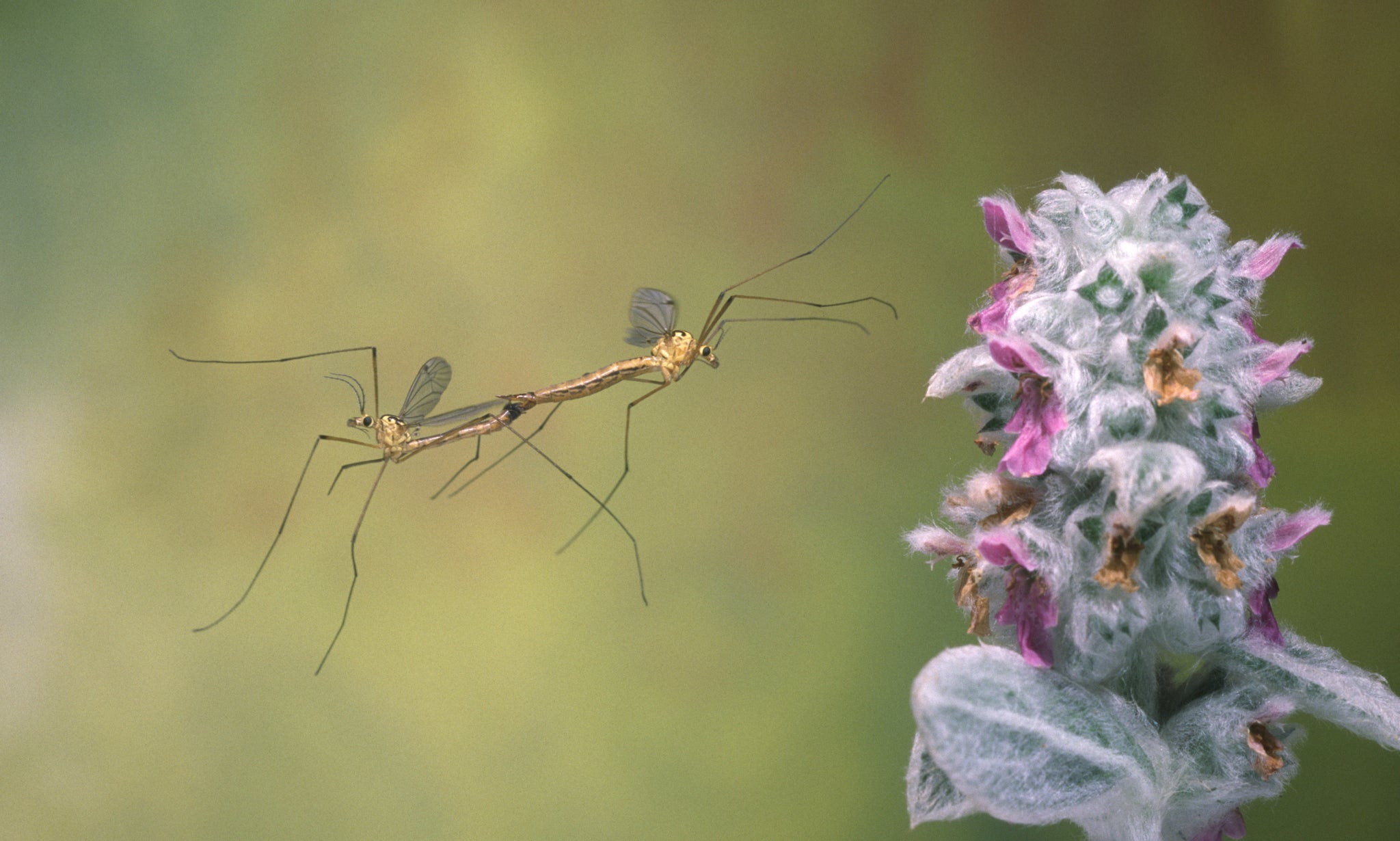'Bumper year' for daddy longlegs as insects continue to invade homes for next few weeks
Humid weather has provided the crane flies with plentiful food making them larger than normal, too

Your support helps us to tell the story
From reproductive rights to climate change to Big Tech, The Independent is on the ground when the story is developing. Whether it's investigating the financials of Elon Musk's pro-Trump PAC or producing our latest documentary, 'The A Word', which shines a light on the American women fighting for reproductive rights, we know how important it is to parse out the facts from the messaging.
At such a critical moment in US history, we need reporters on the ground. Your donation allows us to keep sending journalists to speak to both sides of the story.
The Independent is trusted by Americans across the entire political spectrum. And unlike many other quality news outlets, we choose not to lock Americans out of our reporting and analysis with paywalls. We believe quality journalism should be available to everyone, paid for by those who can afford it.
Your support makes all the difference.Warmer-than-usual weather this late summer has left homes in the United Kingdom teeming with large crane flies – and homeowners can expect the invasion to continue for the next few weeks.
Also known as daddy longlegs, the insects are usually most noticeable in autumn, when the larvae (leatherjackets) hatch into new adult flies after feeding on plant roots throughout the year.
Barry Warrington, an Entomologist, told The Times: “It is definitely a bumper year simply due to the nice weather. It has not been as cold so there is a lot more for them to prey on.
“They eat smaller insects and the warm weather is good for them too. People will start to see them even more in the next couple of weeks as they head indoors for warmth, shelter and to find a mate.”
Buoyant numbers of gangly daddy longlegs will provide much food for the birds and spiders that feed on them, particularly as they are also larger-than-usual as a result of plentiful food in this warm start to autumn.
High numbers of the six-legged creatures, however, could lead to an increased number of territorial fights between the species.
“You might start to see a few missing legs and battle wounds soon,” Kevin Thom, Assistant Manager at Edinburgh Butterfly and Insect World, said.
The crane flies emerged early this year thanks to the humid weather, but many of them are expected to die out as the cold starts to bite.
They have a life expectancy of two weeks and only mate once.
Earlier this week experts predicted that the UK will bask in temperatures above average this September and October, with it reaching a possible 21C on Friday.
Daddy Longlegs are nocturnal and are attracted to lights in the evening, the Royal Society for the Protection of Birds (RSPB) says.
When crane flies are in their laval stage they are considered pests, as they feed on grass roots and turf can be dug up by animals looking for them as a source of food.
Join our commenting forum
Join thought-provoking conversations, follow other Independent readers and see their replies
Comments